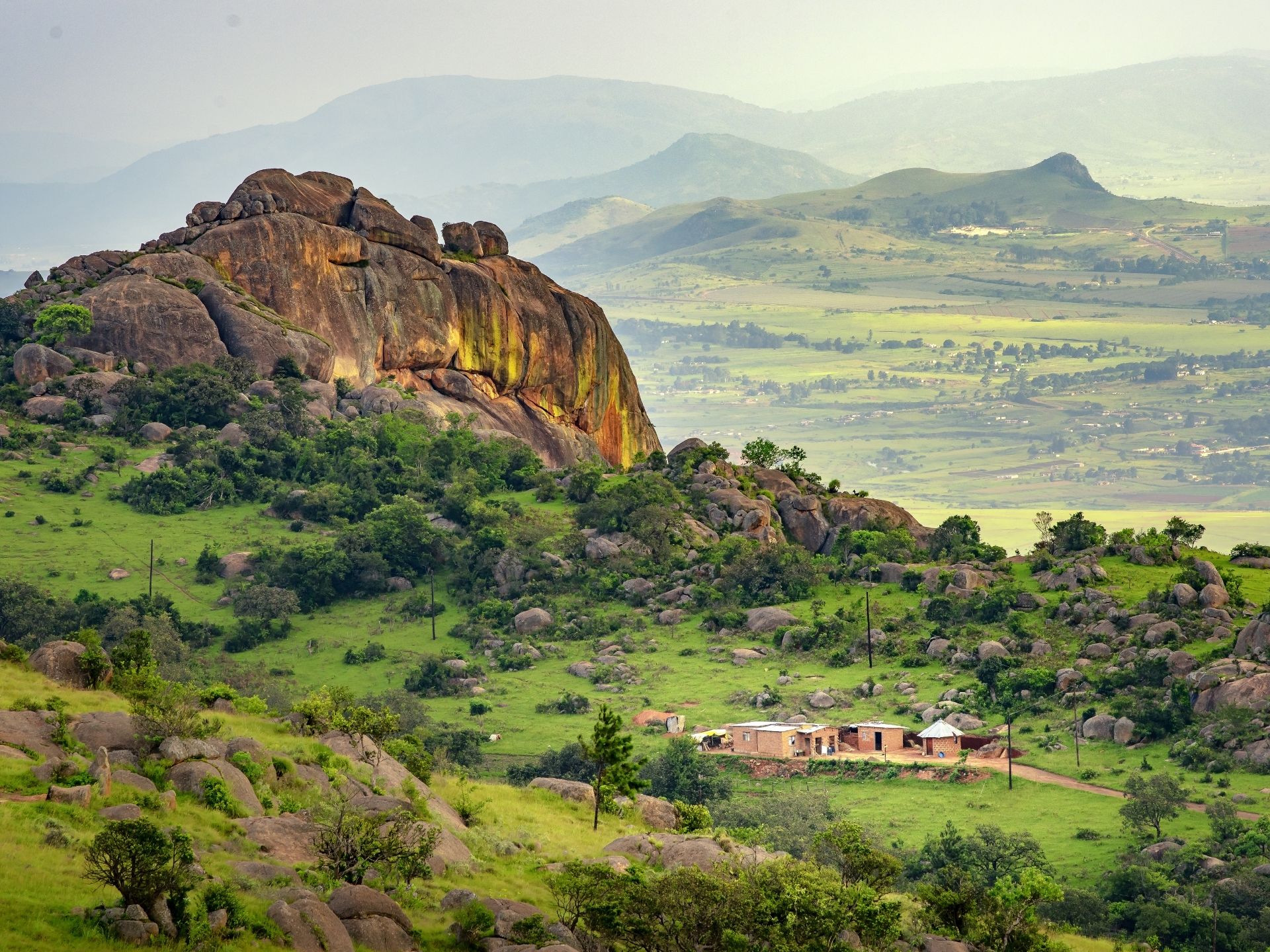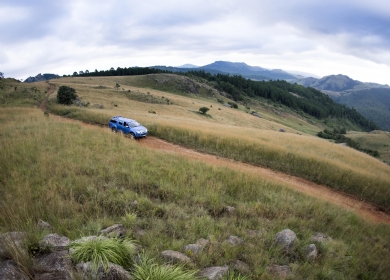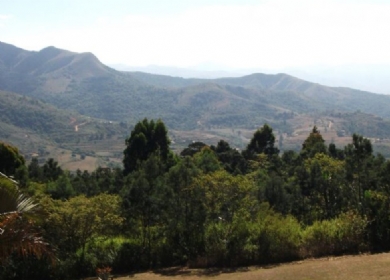
Despite being the smallest landlocked country in the Southern hemisphere, and the second smallest country in continental Africa, Eswatini, formerly known as Swaziland, more than makes up for its lack of size with a hugely diverse range of attractions and activities.
As one of the few remaining monarchies in Africa, culture and heritage are deeply engrained in all aspects of Swazi life, ensuring an unforgettable experience for all who visit. As well as the rich culture, the overwhelming friendliness of the people makes all visitors feel truly welcome and very safe.
Add to that stunning scenery of mountains and valleys, forests and plains; plus wildlife reserves across the country that are home to The Big Five; and a fascinating mix of modern and traditional festivals, ceremonies and events, and you have all that’s best about Africa in one small but perfectly formed and welcoming country.



